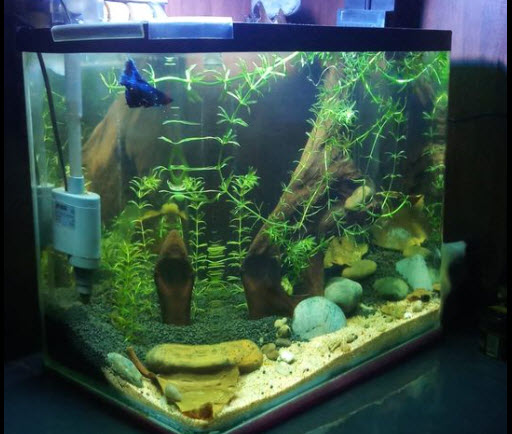
The temperature of an aquarium is much less important than hobbyists give it credit for. Most freshwater tropical fish live quite comfortably at the temperature of most homes (650 to 850 F, 180 to 300 C). And, contrary to popular mythology, temperature fluctuations do not hurt tropical fish. In nature the temperature of layers of water vary radically and fish swim through those thermoclines with no damage.
The recommended general temperatures for fish are (Fahrenheit):

Don’t take too much liberties with this table. Some tropical fish will die rapidly when presented with water below 60 degrees. And the “acceptable excursions” temperature ranges should be considered temporary excursion temperatures, not permanent living conditions.
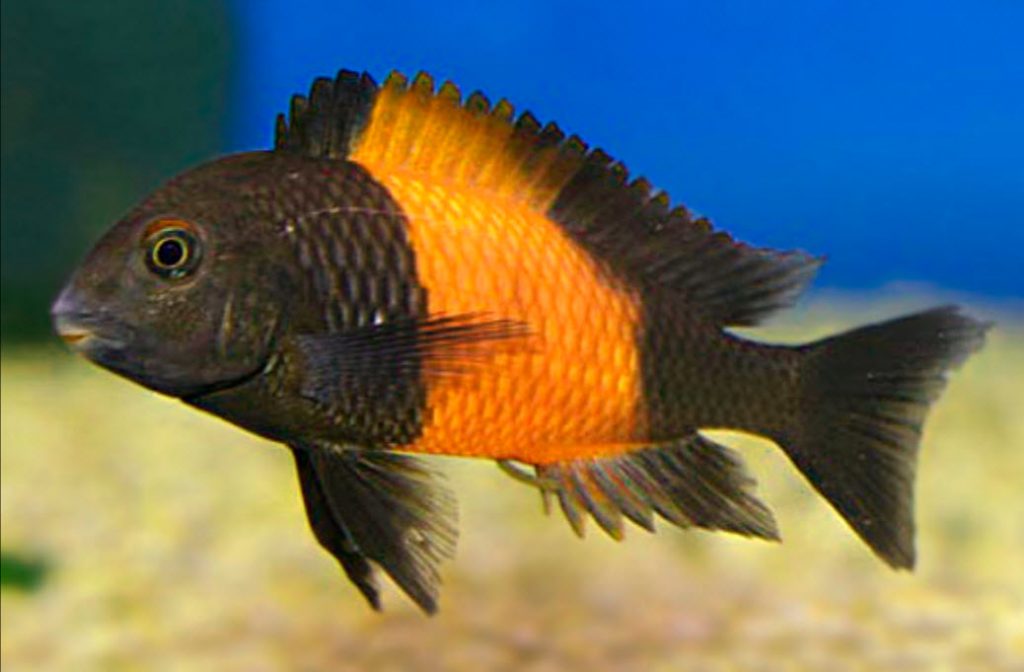
Note that Cory of Aquarium Coop (bright young guy who NEVER steers one wrong!) did another great YouTube video where he explains why all tropical fish do just fine all the way down to 65 (18 C) degrees. He points out that fish farms in South Florida routinely hit temperatures of 65 degrees Fahrenheit (18 C) in the water of the ponds for extended periods of time (days) and the fish are fine.
Cory has kept community tropical tanks at room temperature without a heater for many years in his house at down to 65 degrees (18 C). So the idea that ANY tropical fish “requires” 79 degrees F. (26 C) or higher at all times is simply hogwash.
One study on three species of Amazonian corydoras has the building heat go out inadvertently. The water temperature went down to 57 degrees Fahrenheit (14 degrees Celsius). Only 20% of the corydoras perished (“Effects of salinity on distribution, growth and survival of three neotropical armored catfishes”, (Siluriformes—Callichthyidae)”, Jan H. Mol, 1994).
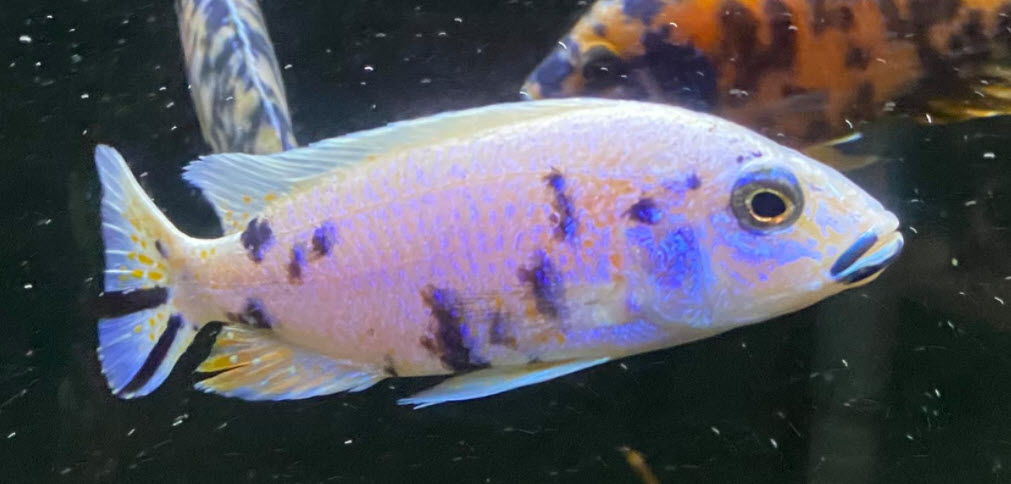
Another study took a large number of juvenile discus from 28 degrees Celsius (82 degrees Fahrenheit) to 14 degrees Celsius (57 degrees Fahrenheit) at a speed of one degree per hour. Apparently no discus died since the paper reported no fatalities. (“Sensitivity in the Antioxidant System of Discus Fish (Symphysodon 2 spp.) to Cold Temperature: Evidence for Species-specific Cold Resistance”, Shi-Rong Jin et. al. , 2013)
A temperature of 28 degrees Celsius (82 degrees Fahrenheit) will induce mating behavior and aggression issues with most tropical fish. At this high temperature typically, with fish like cichlids, one male will become “dominant”, take on very good color, and begin beating up everyone else in the tank, causing them to lose color.
A temperature of 23 degrees Celsius (74 degrees Fahrenheit) will give much less aggression and better over-all color in the majority of the fish. This is the temperature I prefer for all my tanks. Only my breeding tanks go up to 28 degrees Celsius (82 degrees Fahrenheit).
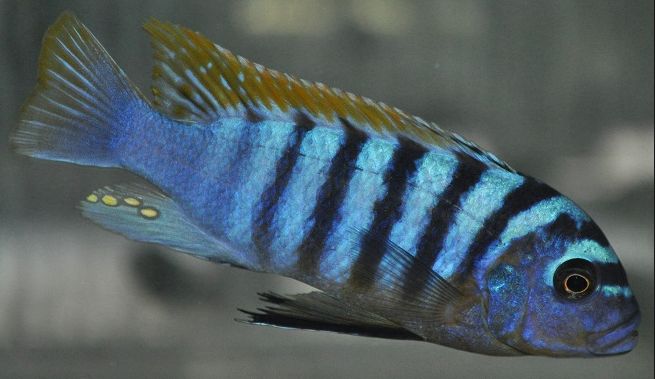
Heaters
There are constant sad situations on social media where the heater stuck in an aquarium and cooked the fish. In many situations the temperature rose to the point the owner could not touch the water. That is a seriously overpowered heater. Per aquarium equipment suppliers the “basic rule of thumb is 3-5 watts per gallon”. Once again, the profit motive at work. Three to five watts of power per gallon can raise the temperature of the water by 30 to 40 degrees Fahrenheit and cook the fish. Any heater that can do this is obviously very over-sized.
The “basic rule of thumb for aquarium heaters should be “have redundancy, such as two small heaters”. One should use two low wattage heaters for most aquariums in homes. For every ten degrees F the tank temperature ABSOLUTELY NEEDS to be raised one should use a MAXIMUM of:
- 100-gallon tank: two 100-watt heaters
- 65-gallon, two 75-watt heaters
- 35-gallon tank, two 50-watt heaters
- 10-gallon tank: two 20-watt heaters
There are also some electronic temperature controllers which cut out the power to the heaters when the water temperature hits a set temperature. They are an excellent investment. The redundancy these heater controllers provide is important.
Here is a link to an article about heaters:
14.8. Heaters
.
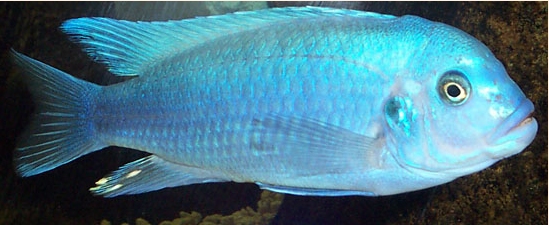
Stability
One very big and myth being parroted in seemingly endless comments in social media is that fish need “stability” in their temperature. Supposedly any rapid change over 2 degrees temperature will “shock”, “stress” and possibly kill the fish.
This idea is simply a myth, one of the many myths passed down by generations of aquarium owners. It is like saying humans will get a “cold” because they expose themselves to cold. In their native environment most fish are constantly subject to rapid and large changes in water temperature. These changes do not “shock” them.
Anyone who has ever taken a swim in a pond or a lake in the afternoon will tell you the water temperature at the surface can be considerably different from the water temperature just a few feet down. Any biologist familiar with freshwater lakes will tell you the temperature of the water changes constantly and amazingly quickly from one layer to another layer in the water. And fish swim up and down though these thermoclines constantly with no ill effects.
This is explored further in this link
4.8. Stability isn’t Important
.
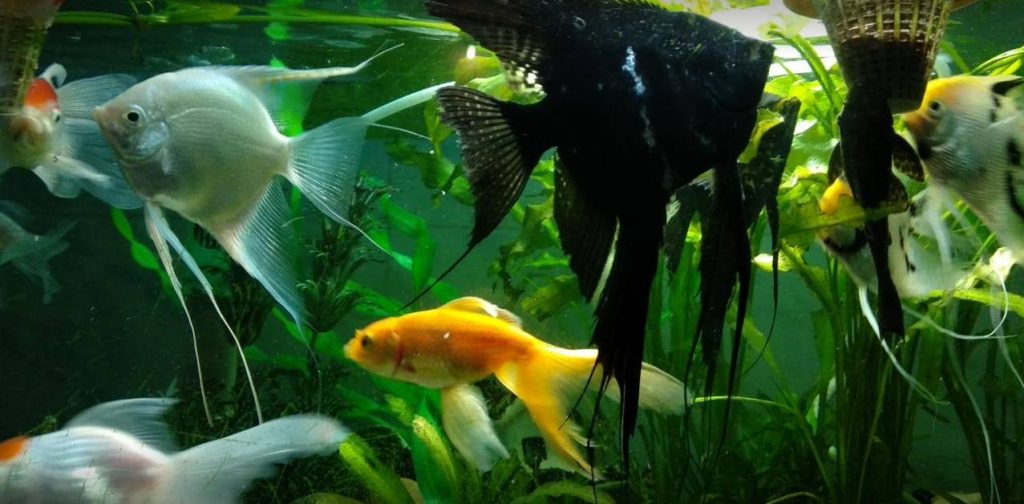
Goldfish
There is one very commonly held myth needing quashing. Goldfish are not a cold-water fish, they are an “all water” fish. In South Florida there are thousands of ponds with goldfish and koi in them. These ponds get to 850 to 900 F for six months out of the year. And the goldfish and koi do just fine.
Here is a link to an article on goldfish:
17.5. Goldfish
One final caution. Never trust a water change to an inexperienced person in a cold winter. One cause of a whole aquarium dying is doing a large water change with 40-degree water.
.
Return to Temperature, pH, KH and GH
.
Aquarium Science Website
The chapters shown below or on the right side in maroon lead to close to 400 articles on all aspects of keeping a freshwater aquarium. These articles have NO links to profit making sites and are thus unbiased in their recommendations, unlike all the for-profit sites you will find with Google. Bookmark and browse!
.

Dave says
In reply to Ben ,,,,,,, 32.5 C won’t hurt fish AS LONG AS ADEQUATE AERATION IS MAINTAINED.
Ben says
Hi Dave,
6 months on I have the opposite question (I set up temperature monitoring, but we didn’t have any more frost nights last winter, so I’ll cross that bridge when I come to it)
Are there any ill effects to being in the yellow range of your table? And how long is an “acceptable excursion”?
Without heating, my tank has been sitting mostly in the 28-30 range since mid December, sometimes reaching 31, and on a particularly sustained heat wave about 2 weeks ago reached 32.5 on one day. There’ll probably be one more of those in February.
I have corys, gourami and tetras in the tank at the moment and haven’t noticed any behavioural changes from spring, when I was maintaining 24-25 with a heater. (Except perhaps the male Gourami is a bit more on the aggressive side. And more orange) Do I need to be thinking about bringing the temperature down towards 25 somehow? Will these temps be hurting my fish in ways I can’t detect?
Archie says
Another great writing from Dave! All over the internet forums people are talking about tank temperatures like 2F off and it’ll kill a fish. they were arguing about 76F vs. 78F for the long term health of the fish and yet inside most large aquariums (> 55Gallon), water temperatures from different parts of the tank vary by well over 2F.
You used a good example about the temperature variations in natural body of water. I bet most of those forum goers never actually set foot in a natural body of water or did not develop the correlation.
I have been using tiny 50W heaters in all my aquariums and the fish are fine. Sometimes the tank temperature might drop to 68F in early mornings but by mid-day when the house warms up, the temperature will go back to around mid-70F. My fish are doing fine.
Ben says
For sure: my house was built in the 1970s (long before modern energy efficient building standards) and I’ve heard Perth referred to as “the coldest place in the world indoors”. The only heating in that room that we use is a reverse cycle air conditioner(aka a “heat pump”) so that would usually be switched off when we go to bed.
I’ve actually just realised today that our experience of regular frost may be exclusive to my next door neighbour and I because while I’ve known our street is the low point of the suburb, it just occurred to me that ours are the only houses below the level of the street. (Our other neighbours properties are retained at a higher level.)
I think what I will do is science it a bit more by moving my inside and outside weather station thermometers to the place I want to put the tank and just outside the window of that room and collect data over the rest of this winter to see what I’ll actually be dealing with. I wasn’t planning on putting fish in yet anyway, so I can use that extra data to decide what to do.
Dave says
In reply to Ben ….. What you are describing is highly unusual where the aquarium is in an unheated room where the temperature drops below freezing outside. You might very well require a well insulted aquarium with 250 watts of heating power. The safest way to do this is with three heaters. One room heater and two or more large aquarium heaters. For the summer go with two small aquarium heaters. (Edit) The SAFEST way is to forgo the heaters and go with fancy goldfish
Ben says
Hi Dave,
I’m struggling to parse your heater recommendations, and I’m wondering if there’s something I’m missing.
I’m planning a 150L tank for my front room (let’s call it 40gal.) Going by the 3-5W per gallon benchmark that’s a suggestion of 120-200W of heating power, but you don’t agree with that recommendation.
How do I decide how much I “absolutely need” to heat? It’s the coldest part of the year at the moment, and on particularly cold nights it might be just below freezing outside, and in my experience inside is only 3-4 degrees(C) warmer in rooms we aren’t heating.
I’m not sure home much heat the water will retain through the relevant few hours, but going strictly by the ambient air to tank water, I might need to maintain an 18 degree differential to maintain a minimum 22C tank temperature. But that’s right in the range of what you said was very oversized. Obviously in summer that differential is dangerous, but in winter it might be necessary.
After going through all these calculations, I’m beginning to wonder if the answer isn’t to switch off, and/or remove from the tank entirely, half the heating, except for the winter months.
Dave says
In reply to D. J. U. ….. Anecdotally higher temperatures increase breeding behavior. And increasing breeding behavior also increases aggression, ANECDOTALLY. I found no research confirming that hypothesis.
D. J. U. says
Hi Dave. How and why does temperature affect aggression?
Thanks!
Anonymous says
This article is 100% correct. I live in the tropics and many fish in the aquarium trade are native to the region. Their native waters can go below 21C during colder monsoon months and go up to 30C or even higher during the warmer months. Breeding seasons usually coincide with warmer months (with exceptions). And, depending on altitude, day/night temperatures can vary quite a bit. The temperatures described in this article actually describe the temperatures in tropical fishes’ native waters VERY well.
Dave says
In reply to Brad …. Water changes should be sufficient to keep nitrates below 80. Generally that is 50% every one to three months. More about that can be found at https://aquariumscience.org/index.php/18-1-aquarium-water-changes/
Brad - UK says
Hello,
Great forum and detailed information. I started on something specific and am now just reading everything – incredibly insightful and thought-provoking.
I wanted to get your view of water change frequency itself. There seems to be a lot of debate (online, of course!) about what is too much at one time, too little at one time and the actual frequency – i.e. weekly, every two weeks etc.
Are there any insights to this point that you can offer?
Thanks,
Brad – UK